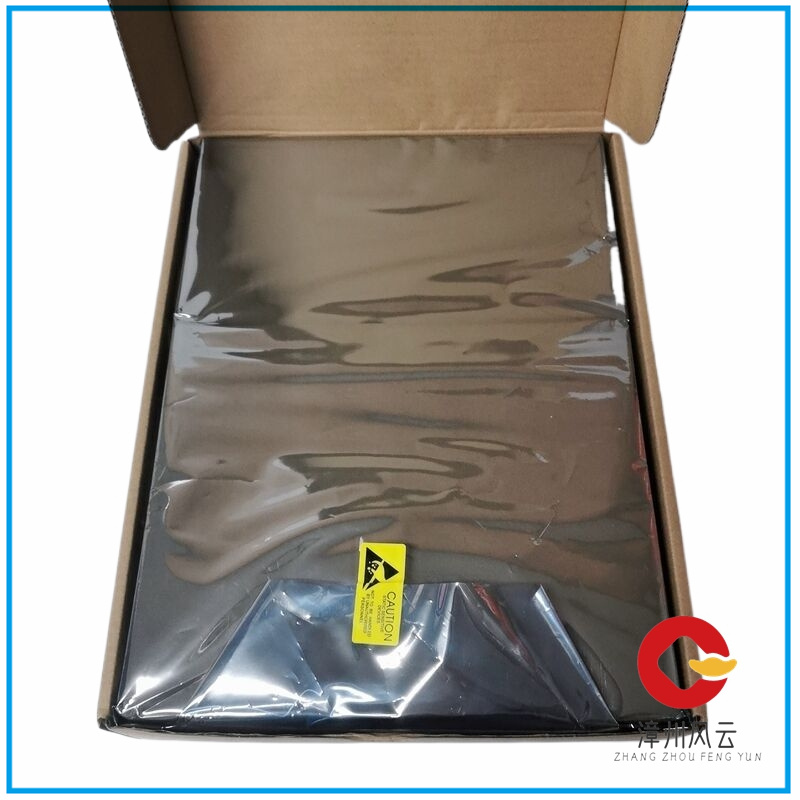In the past, DCS was built on specialized protocols, but with rapid technological changes and increasingly stringent customer requirements, the requirement to install each device (control system) under the same system (DCS) has become a key to success, which has also prompted original equipment manufacturers of DCS to move towards more open systems.
Due to the openness of DCS system integration with all types of systems, its lifecycle has begun to shorten. The end of the lifecycle, termination of support services, lack of knowledge, performance issues, lack of openness in integrating with the updated system expansion, lack of features required to enhance control philosophy, and maintenance costs have all become factors in upgrading and updating DCS.

Updated path:
End users have many paths to choose from when deciding on updates. Most original equipment vendors of distributed control systems have designed their updates accordingly.
One of the simplest methods is to immediately replace all existing DCS, including all human-machine interfaces, control hardware, and input/output modules. This path may seem simple to deploy, but there are still many factors to consider, such as longer downtime, reduced work efficiency due to operators having to switch to updated systems all at once, and so on.
The most commonly used method is to update gradually in stages.
Stage 1: Management Component Update
The management components, including the human-machine interface and communication network elements between the control system and the human-machine interface, need to be updated in Phase 1. This can familiarize end users with the operation of the new system. It is very advantageous to have the new and old human-machine interfaces run in parallel, as it provides operators with an opportunity to familiarize themselves with the new system.
Stage 2: Control system update (for some original equipment manufacturers, excluding I/O modules)
The second stage includes updating the DCS control hardware. This stage is very crucial and requires more detailed planning than Stage One. This may include downtime based on DCS configuration and update restrictions.
Stage 3: I/O module update (optional)
Phase three includes the update of I/O modules and related hardware in DCS. This may include downtime based on I/O module configuration and update restrictions.
Other considerations for DCS updates
DCS updates have always been complex and require comprehensive and in-depth planning. The core components in any update include human-machine interface, control hardware, and I/O hardware, but this is not the only aspect to consider in the plan. If other aspects are not properly utilized, it will become a potential risk. These aspects include interface integration with on-site I/O, network infrastructure, documentation of existing systems, and operational and functional issues with existing systems.
DCS updates require more rigorous analysis and systematic methods, but in the end, the benefits it brings will far exceed everything previously invested.